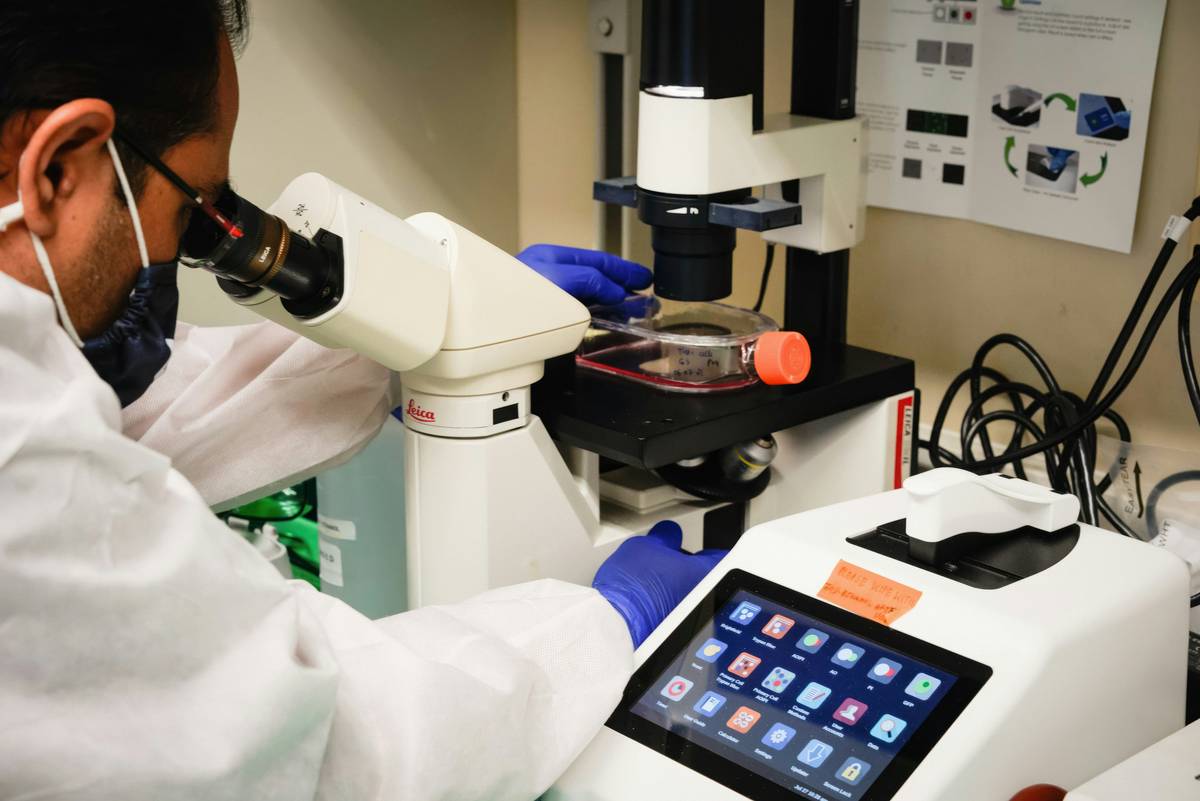“Ever spent an entire weekend buried in research papers, only to feel like you’ve barely scratched the surface? Yeah, us too.”
In today’s fast-paced academic and professional environments, maximizing study efficiency is more important than ever. But did you know that choosing the right study efficiency app could be your secret weapon? In this post, we’ll uncover how research apps can revolutionize productivity, explore actionable steps for mastering them, and dive into some tried-and-true best practices (plus one terrible tip).
You’ll also learn:
- Why traditional methods might not cut it anymore.
- How to pick the perfect app tailored to your needs.
- Actionable strategies to improve focus and retention.
- Real-life examples showing these tools in action.
Table of Contents
- Introduction to Study Efficiency Apps
- Why Traditional Methods Fail in a Digital World
- Choosing the Right App for You
- Top Tips for Maximizing Productivity with Research Apps
- Real-World Success Stories from Power Users
- FAQs About Study Efficiency Apps
- Conclusion & Next Steps
Key Takeaways
- A great study efficiency app boosts focus, streamlines workflows, and maximizes output.
- Not all apps are created equal—choose wisely based on features, usability, and integrations.
- Pairing tech tools with human habits creates unstoppable momentum (but beware toxic multitasking).
What Is a Study Efficiency App?
A study efficiency app refers to digital platforms designed specifically to enhance learning, organization, and time management during research-intensive tasks. From note-taking powerhouses like Notion to AI-driven literature managers such as Zotero, these tools act as personal assistants for students, researchers, and lifelong learners alike.

The Confessional Corner
I once tried organizing my master’s thesis research manually—think endless folders, sticky notes everywhere, and chaotic spreadsheets. Spoiler alert: It was a disaster. Papers got lost, citations went uncited, and by the end, I felt like my brain had been through a pasta maker. Let’s just say that discovering research apps changed everything.
Why Traditional Methods Fail in a Digital World
While old-school techniques have their charm, they fall short in our hyper-connected era. Reading physical books or printing out PDFs sounds romantic until you realize:
- You’re drowning in paper clutter.
- Cross-referencing between sources becomes tedious.
- Finding specific information requires digging through mountains of text.
Sounds like your laptop fan during a 4K render—whirrrr.
This strategy shift isn’t optional; it’s chef’s kiss for drowning algorithms…or surviving modern academia without losing your sanity.
How to Choose the Perfect Study Efficiency App
Not every shiny new tool will work for your unique workflow. Here’s how to find “the one”:
Step 1: Identify Your Needs
Ask yourself:
- Do I need help managing citations?
- Am I drowning in disorganized reading lists?
- Does collaboration matter to me?
Step 2: Explore Features
Look for functionalities like:
- Natural language processing (for summarizing dense texts)
- Cloud syncing (so you don’t lose progress)
- User-friendly interfaces (because no one has time for steep learning curves)

Step 3: Test Before Committing
Optimist You: “This app looks amazing!”
Grumpy You: “Ugh, fine—but only if there’s a free trial.”
Top Tips for Mastering Your Study Efficiency App
- Automate Everything: Use auto-sync features to ensure documents update across devices seamlessly.
- Create Templates: Save reusable outlines, checklists, or citation formats to save precious minutes.
- Limit Notifications: Sounds obvious, but nothing kills flow faster than unnecessary pings.
Warning: A Terrible Tip
Don’t try juggling too many apps at once. Trying to balance six different tools splits your attention thinner than overcooked linguine. Stick to two or three core apps instead.
Success Stories Straight Outta Cyberspace
Jessica, a PhD candidate, shared her story: “Switching to a dedicated study efficiency app halved the time I spent formatting bibliographies. Now, I actually finish projects ahead of deadlines!”

Frequently Asked Questions About Study Efficiency Apps
Q: Do I really need another app when pen-and-paper works?
Absolutely! While analog methods still hold value, apps streamline processes, reduce friction, and give your data superpowers.
Q: Can beginners easily adopt these tools?
Yes, most offer intuitive designs and tutorials. Start small, then scale up!
Q: Any budget-friendly options?
Many top-rated apps (like Mendeley) offer robust free versions—it’s worth exploring before upgrading.
Conclusion & Next Steps
In conclusion, embracing a study efficiency app isn’t just about adopting technology—it’s about reclaiming control over your research journey. Whether you’re tackling essays, dissertations, or complex projects, these tools provide clarity amidst chaos.
So here’s the deal:
- Pick an app suited to your style.
- Implement smart strategies for optimal results.
- Stay consistent—and remember, coffee fuels success.
“Like Pac-Man chomping dots, life rewards persistence. Keep going!”
Remember floppy disks and dial-up internet? Ah, simpler times. Now go forth and conquer your next deadline armed with a killer study efficiency app!


